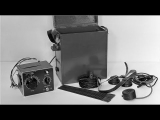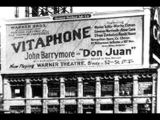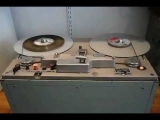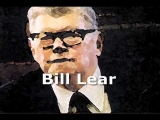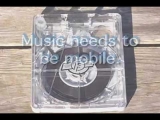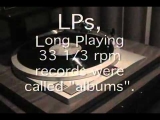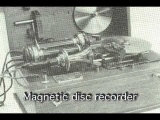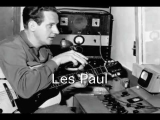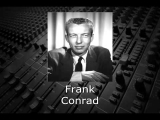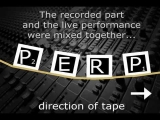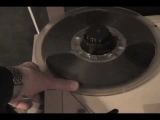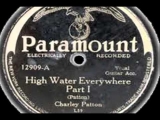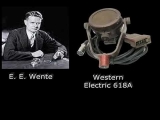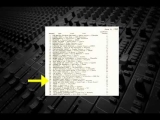Stereo Recording
Stereo Recording
As early as 1881, French inventor and engineer Clement Ader, installed multiple telephone transmitters in the Paris Opera House, so people could remotely listen with one phone receiver at each ear, and hear stereo sound. He called this the “theatrophone”. The term “stereophonic” was actually coined in 1927 by Western Electric, the pioneers of electrical the 1930s, British audio engineer Alan Blumlein, inventor of Mid-Side and X-Y recording, received patents for stereo records, stereo films, and even surround the early 1930s there were experimental recordings made using two mono turntables, one for the left and one for the right, which when cued properly, played simultaneously, and running a the same speed could create a stereo image. Also a scheme using dual grooves on the same disc, one for the left and one for the right, was used by Leopold Stokowski and the Philadelphia Orchestra in 1932 to make several stereo test recordings, which were never released, since consumers had no way to 1939 the Disney movie “Fantasia” had a three-track playback with the “Fantasound” system. However, outside of these isolated examples, everything at that time was recorded in was the year that color television was introduced and also the year that San Francisco audio engineer Emory Cook first introduced stereo at the AES convention in New York. He played stereo recordings of the Queen Mary blowing the ship’s horn and also a train approaching, which scared the audience because of the realism of the sound. Cook’s record label not only had a large catalog of stereo recordings, but his company also manufactured a stereo record press that was smaller and used a different process than the traditional mono presses. In fact, it was often more cost effective for many record shops to buy one of Cook’s presses and make one-off discs of his stereo releases on demand, rather than paying shipping for a quantity of stereo discs.
